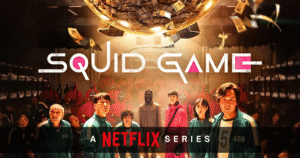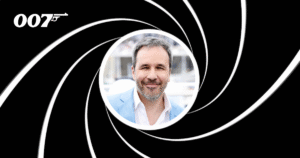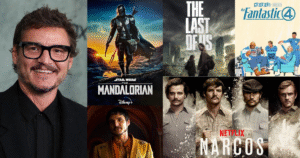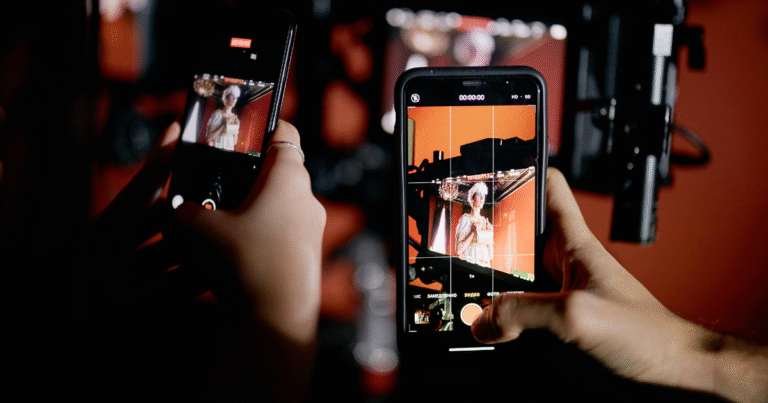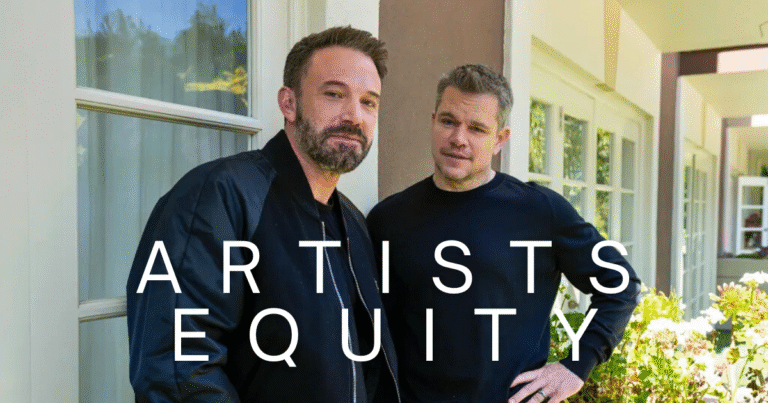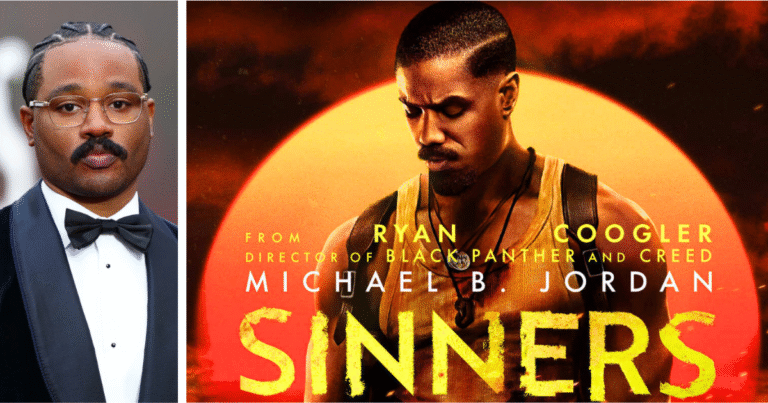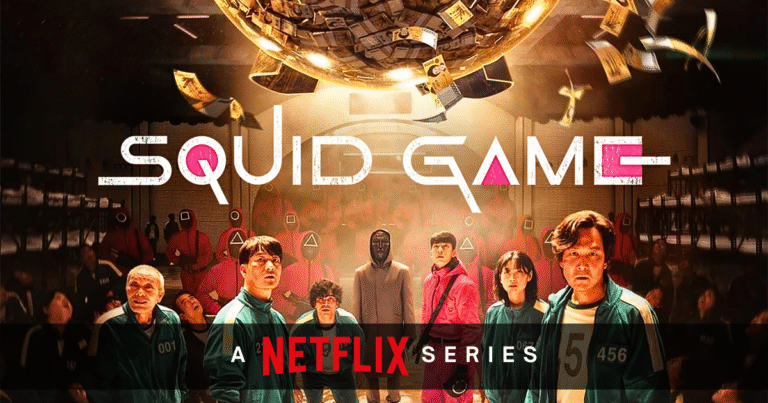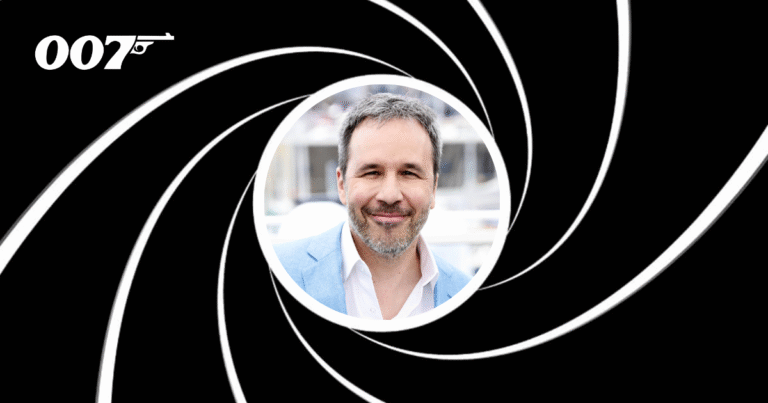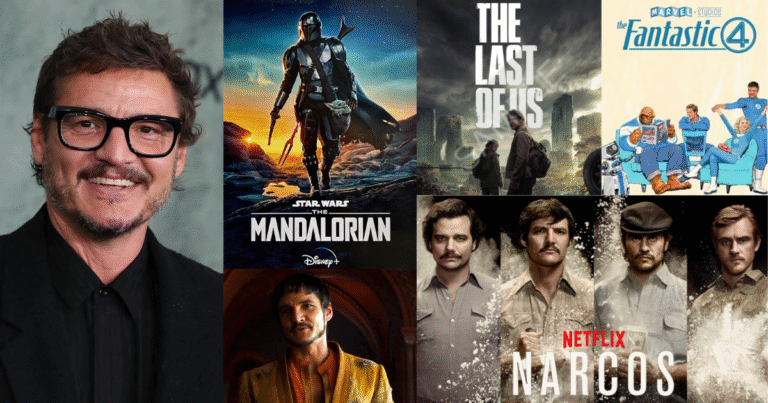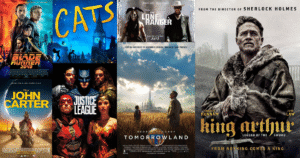If you’ve watched a horror movie in the last few years that felt more unsettling than scream-worthy, creepy instead of cliché, chances are it came from A24. This indie film studio has redefined what horror means in today’s cinema, moving away from cheap jump scares and toward something more thoughtful, strange, and deeply emotional.
In a genre long dominated by formulaic plots, haunted houses, and predictable endings, A24 has carved out a space for stories that are slower, more atmospheric, and far more disturbing. Let’s dive into why A24’s approach to horror is unlike anything we’ve seen before, and why it’s resonating with a new generation of audiences.
A Different Kind of Scary
Traditional horror relies heavily on tropes: a group of teens, a dark forest, a masked killer. A24 flipped the script. Films like Hereditary, The Witch, and Midsommar don’t just scare you, they stay with you long after the credits roll. Instead of jump scares, they offer dread. Instead of bloodbaths, they present emotional trauma, grief, and the unsettling side of the human mind.
This shift from external threats (ghosts, killers, monsters) to internal ones (grief, guilt, mental illness) has made their movies hit much harder. You’re not just watching something scary, you’re feeling it.
It All Started with ‘The Witch’
When The Witch was released in 2015, it signaled a shift in the horror genre. Directed by Robert Eggers, the film was a slow burn, deeply rooted in 1600s folklore and religious paranoia. Many viewers expecting a typical horror flick were surprised by its pace and depth. But those who connected with it? They loved it.
The film proved that horror could be elevated, artful, thoughtful, and still terrifying. It wasn’t about body count; it was about atmosphere and authenticity. And it set the tone for what A24 horror would become.
Character-Driven, Not Monster-Driven
In most horror movies, the monster is the star. In A24 films, the characters are. Take Hereditary, for example. The real horror comes not from the supernatural twists, but from watching a family completely unravel after a tragic death. You feel their pain. You believe in their grief. And then, just when you’re emotionally invested, the horror escalates in ways you don’t expect.
Ari Aster, who directed Hereditary and Midsommar, has become one of the key voices in modern horror thanks to his partnership with A24. His films are disturbing not just because of what happens, but because of how deeply he builds the emotional foundation before pulling the rug out.
Unconventional Settings and Storytelling
A24 horror films rarely take place in the usual creepy locations. Midsommar is a great example, it’s bright, colorful, and set in broad daylight during a Swedish midsummer festival. And yet, it’s one of the most unsettling horror films of the last decade.
This contrast between beautiful imagery and disturbing content creates a kind of dissonance that makes viewers deeply uncomfortable, and that’s exactly the point. The horror is hiding in plain sight. You can’t look away, and you shouldn’t.
Real Issues Behind the Scares
What makes A24 horror so powerful is how it ties real-life issues into the fear. The Lighthouse explores madness and isolation. Saint Maud looks at religious obsession and mental illness. It Comes at Night reflects on trust, survival, and paranoia in a post-apocalyptic world.
These movies are terrifying because they’re grounded in something true. The supernatural might be the hook, but it’s the emotional core that makes it resonate.
Cinematic Quality Without the Studio Gloss
A24’s films don’t look like typical horror either. They’re beautifully shot, carefully framed, and often slow in pace. The cinematography and sound design are used to build tension instead of music cues telling you when to be afraid.
This more subtle, art-house style has brought horror to a space once reserved for prestige dramas. It’s also earned these films attention at film festivals and from critics who used to dismiss horror as lowbrow entertainment.
Why Audiences Keep Coming Back
The rise of A24 horror isn’t just about critics, it’s about audiences craving something new. Many horror fans were getting tired of reboots, sequels, and predictable scares. A24 gave them something fresh: stories that were weird, original, and often left open to interpretation.
There’s a trust now between the audience and the studio. When you hear that a new horror movie is from A24, it carries weight. You expect something different, and you’re usually right.
What’s Next for A24 Horror
The studio continues to push boundaries. With upcoming films exploring everything from folk legends to surrealist nightmares, A24 isn’t slowing down. They’re not trying to please everyone. And that’s exactly why they’re winning.
Rather than aiming for box office dominance, A24 has built a loyal following by choosing creative freedom over mass-market appeal. They take risks, and in doing so, they’ve created some of the most unforgettable horror films in recent memory.
Final Thoughts
A24 didn’t just produce a few great horror movies. They changed the expectations of what horror could be. By focusing on character, emotion, and artistic storytelling, they’ve made horror more personal, more unsettling, and ultimately more powerful.
Whether you’re a horror fan or just curious about what’s next in cinema, A24’s impact is impossible to ignore. They’ve not only reshaped modern horror, they’ve elevated it.
